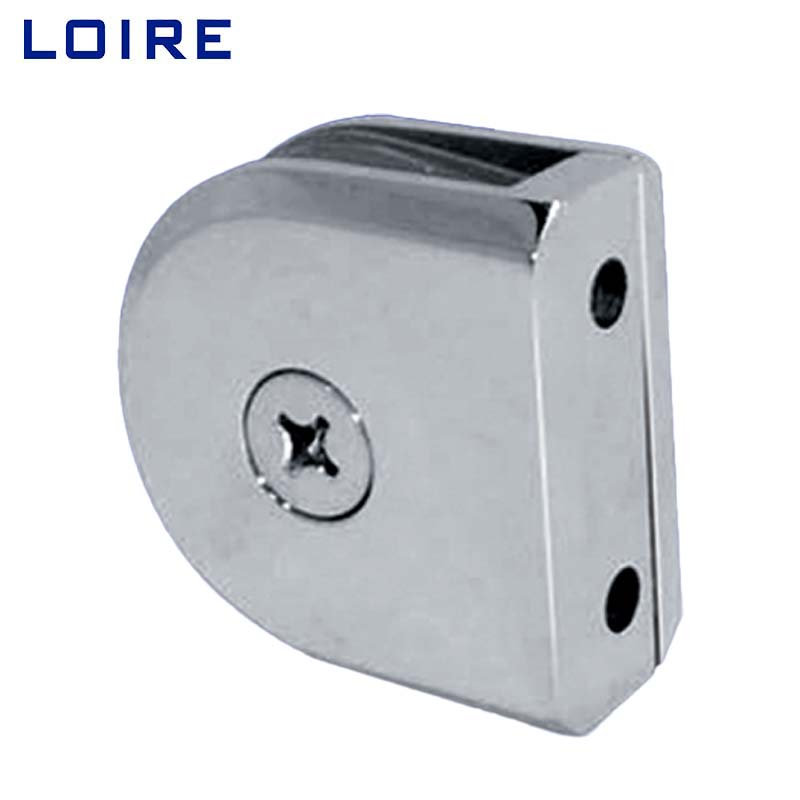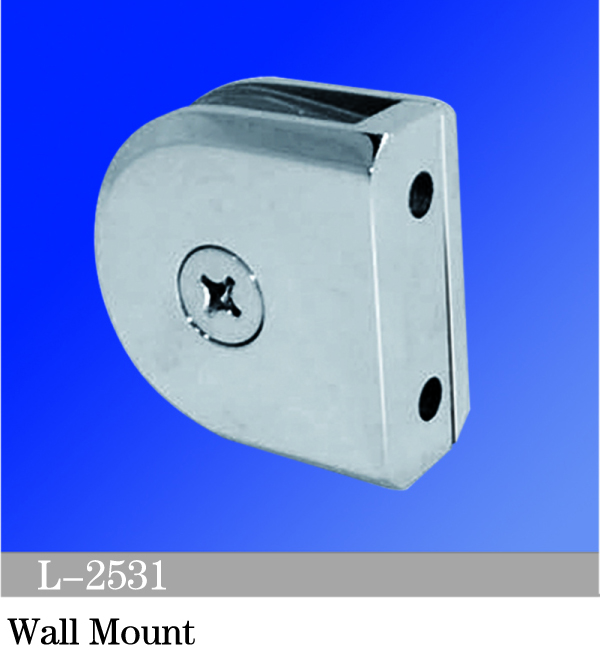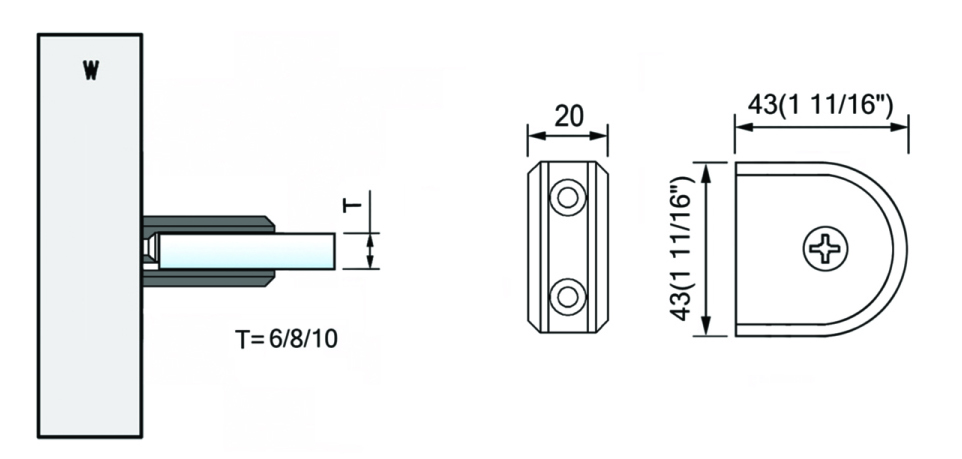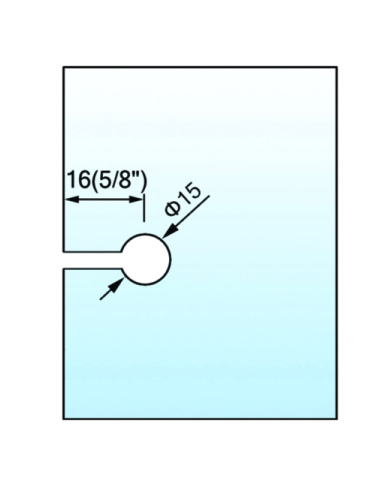How Do Glass Clamps Work

Glass clamps are essential tools in architecture and interior design. They help secure and display glass panels in various settings, from modern partitions to striking art installations. But how do glass clamps actually work? Let’s break it down.

What Are Glass Clamps?
Glass clamps are designed to hold glass panels securely in place. They are used in situations where traditional framing or glazing methods won’t work or aren’t desired. Glass clamps come in different styles, sizes, and materials, each suited to specific glass types and installation needs.
How Do Glass Clamps Work?
Clamp Design: Glass clamps use a clamping mechanism to hold the glass firmly. This usually involves screws, bolts, or spring-loaded parts that apply pressure to the glass edges.
Mounting Hardware: The clamps are mounted to a support structure, such as a wall, ceiling, or floor. The mounting hardware—like brackets, screws, or anchors—keeps the clamps securely fixed in place and supports the weight of the glass.
Edge Preparation: Before installing, the edges of the glass must be prepared. This may involve polishing, grinding, or beveling to ensure a proper fit in the clamp. Some clamps are designed for specific edge treatments, so it’s important to choose the right one.
Clamping Action: When tightened, the clamp applies even pressure around the glass. This creates a friction fit that holds the glass without adhesives or other materials. The pressure can be adjusted for different glass thicknesses to ensure a tight, secure fit.

Types of Glass Clamps
Several types of glass clamps are available, each designed for different needs:
Surface-Mounted Clamps: These clamps attach directly to the surface and clamp onto the glass edge. They’re easy to install and offer a decorative finish.
Concealed Clamps: These clamps are hidden from view, either within the structure or behind the glass. They provide a seamless, clean look and are used in high-end designs.
Spigot Clamps: Used to suspend glass from overhead supports, spigot clamps have a pin that fits into a socket in the glass, creating a floating appearance.
Frameless Clamps: These clamps secure glass panels without traditional framing, perfect for creating minimalist, open spaces.
Benefits of Glass Clamps
Glass clamps offer several key advantages:
Aesthetic Appeal: They provide a sleek, modern look and come in various finishes to complement any design style.
Flexibility: Glass clamps are adaptable to different glass sizes and thicknesses. They work in both residential and commercial settings.
Durability: When installed correctly, glass clamps are strong and durable. They provide a secure alternative to traditional framing methods.
Ease of Installation: Glass clamps are easy to install, requiring minimal tools. This makes them a great choice for DIY projects.

Conclusion
Glass clamps are a smart, effective way to secure glass panels in architecture and design. They offer a modern, clean look while providing strength and durability. By understanding how they work and their benefits, you can choose the right clamps for your project. Whether you’re installing a glass partition or showcasing an art piece, glass clamps will help you achieve a sleek, stylish finish.
For more services or product details, please contact us






